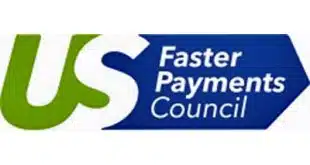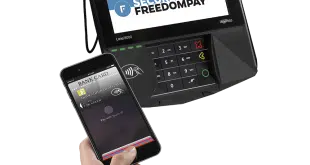Which payment method holds the dubious distinction of racking up the fastest growth in fraud last year?
According to the latest annual fraud report from the Association for Financial Professionals, it’s debits and credits on the automated clearing house network. In fact, the ACH was the only payment method examined in the report that registered an increase in fraud in 2018.
Some 33% of responding organizations said they had been the victims of actual or attempted fraud on ACH debits last year, up from 28% in 2017. Meanwhile, 20% reported being the targets of ACH credit fraud, up markedly from 13%.
Surprised? So was Magnus Carlsson, manager for treasury and payments at the Bethesda, Md.-based AFP, a trade group for financial managers in a wide variety of industries. The ACH results were “probably the most stunning numbers we saw in this report,” says Carlsson. Before releasing the study, Carlsson adds, “I went back to the research department and said, ‘You have to double-check these numbers.’”
ACH credits and debits are two of five payment methods for which the AFP gathers fraud statistics from members and other contributing organizations. The others are checks, credit/debit cards, and wire transfers.
Indeed, the near-ubiquity of ACH usage was enough to shove the overall portion of organizations absorbing attempted or actual payments fraud up to 82% from 78% in 2017.
Not that the jump in fraud on ACH credits should have been a complete surprise, says Carlsson. That number has been “creeping up,” he notes. “I’ve been keeping my eye on that.” Indeed, after holding steady at 11% in 2015 and 2016, the number climbed to 13% in 2017. But the big leap in 2018 was “much more than I expected,” Carlsson says.
While some observers may note that the ACH network introduced same-day clearing for credits in September 2016 and for debits a year later, Carlsson says it’s far from clear that the faster processing figures in the fraud increase. That’s because isolating same-day transactions wasn’t part of the study. A likely explanation for the higher fraud, he adds, lies in the popularity of ACH, along with wire transfers, for schemes like business email fraud, phishing fraud, and account takeovers.
In fact, the AFP’s report shows that 80% of organizations sustained a business email compromise in 2018, up from 64% as recently as 2015. In these schemes, fraudsters dress up emails to mimic those of a finance manager or supervisor to gull underlings into releasing funds, often on the pretext of a bogus emergency.
Also, despite the sharp rise in 2018, ACH fraud is still relatively in check, points out NACHA, the network’s governing body. “ACH fraud remains low on an absolute basis, and low in relation to other payment methods,” says Victoria Day, NACHA’s senior director and group manager, in an email statement.
The AFP fraud survey, which is now in its 15th year, was fielded in January and drew responses from 417 members and 200 prospective members. Respondents work in a wide array of industries, including retailing, manufacturing, health care, and hospitality. JPMorgan Chase & Co. sponsored the research for the study, entitled “Payments Fraud And Control Survey Report.”




